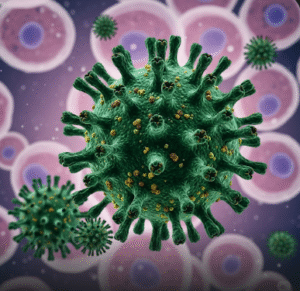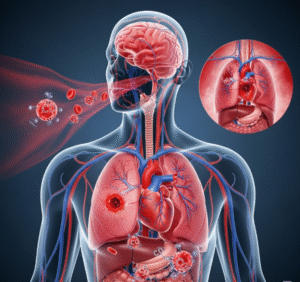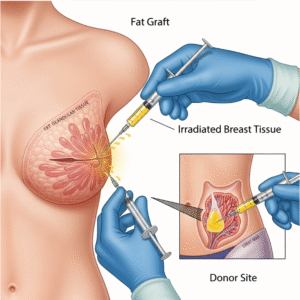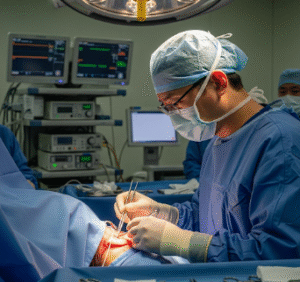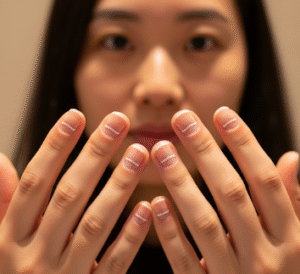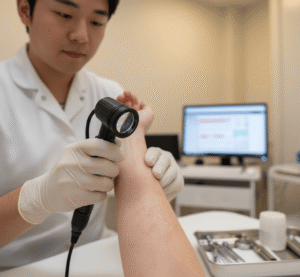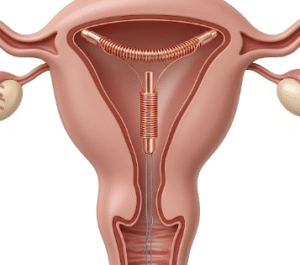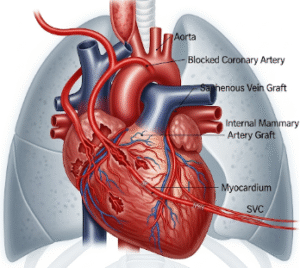Overview
Back pain is one of the most common musculoskeletal complaints worldwide, affecting people of all ages. It can range from mild discomfort to severe, disabling pain, impacting daily activities and quality of life. Back pain may involve the muscles, ligaments, nerves, intervertebral discs, or spine, and it can be acute, subacute, or chronic depending on duration.
In South Korea, modern hospitals and specialized spine clinics provide comprehensive evaluation and treatment for back pain, including imaging, rehabilitation, and minimally invasive procedures to restore function and reduce discomfort.
Key Facts
Highlights:
➡️ Back pain can be acute (less than 6 weeks) or chronic (more than 12 weeks).
➡️ Most cases are mechanical in nature, such as muscle strain or ligament sprain.
➡️ Serious underlying causes include herniated discs, spinal stenosis, infections, or tumors.
➡️ Lifestyle factors like sedentary behavior, poor posture, and obesity contribute significantly.
➡️ South Korea offers advanced spine care, physical therapy, and minimally invasive surgical options.
What is Back Pain?
Back pain refers to discomfort or pain localized in the upper, middle, or lower back, often caused by strain or injury to the spinal structures or surrounding muscles.
- Acute Back Pain: Sudden onset, usually from injury or strain.
- Chronic Back Pain: Lasting over 12 weeks, sometimes related to degenerative changes.
- Radicular Pain: Pain radiating along the nerve path due to nerve compression, often called sciatica.
Back pain can be mechanical, inflammatory, or neuropathic, and identifying the exact cause is essential for effective treatment.
What Symptoms are Related to Back Pain?
Symptoms can vary in intensity, location, and pattern:
- Persistent or intermittent aching in the lower, middle, or upper back
- Muscle stiffness and limited range of motion
- Pain radiating down the legs or arms (sciatica)
- Tingling, numbness, or weakness in extremities
- Pain worsened by bending, lifting, or prolonged sitting
- Relief when lying down or changing positions
- Fatigue or difficulty performing daily activities
What Causes / Possible Causes of Back Pain?
Highlights:
➡️ Muscle or Ligament Strain: Overuse, lifting heavy objects, or sudden movements.
➡️ Herniated or Bulging Disc: Compression of spinal nerves causing radicular pain.
➡️ Degenerative Disc Disease: Age-related wear and tear on spinal discs.
➡️ Spinal Stenosis: Narrowing of the spinal canal compressing nerves.
➡️ Osteoarthritis or Spondylosis: Degenerative changes in spinal joints.
➡️ Trauma or Injury: Falls, accidents, or sports-related injuries.
➡️ Infections or Tumors: Rare but serious causes, requiring urgent evaluation.
➡️ Postural and Lifestyle Factors: Poor posture, sedentary lifestyle, obesity, and stress.
When Should I See My Doctor?
Highlights:
➡️ If back pain is severe, persistent, or worsening.
➡️ If pain radiates to the legs or arms with numbness, tingling, or weakness.
➡️ If accompanied by red flag symptoms: unexplained weight loss, fever, or bowel/bladder dysfunction.
➡️ For recurrent back pain, early evaluation can prevent chronic disability.
➡️ If there is a history of trauma or osteoporosis, prompt imaging and specialist assessment are advised.
Care and Treatment
Management depends on the cause, severity, and duration of back pain:
Highlights:
➡️ Medications: Analgesics, anti-inflammatories, muscle relaxants, or neuropathic pain medications.
➡️ Physical Therapy: Stretching, strengthening, and posture correction exercises.
➡️ Lifestyle Modifications: Weight management, ergonomic adjustments, and regular low-impact exercise.
➡️ Alternative Therapies: Acupuncture, massage therapy, or chiropractic care under supervision.
➡️ Minimally Invasive Procedures: Epidural injections, nerve blocks, or radiofrequency ablation for chronic pain.
➡️ Surgical Intervention: Reserved for severe cases, such as spinal stenosis, herniated disc with nerve compression, or instability.
➡️ Education and Self-Care: Understanding pain triggers, proper lifting techniques, and maintaining spinal health.
Treatment Options in Korea
South Korea provides advanced and multidisciplinary care for back pain:
Highlights:
➡️ Spine and Orthopedic Clinics: Comprehensive evaluation, imaging, and personalized treatment plans.
➡️ Physical Therapy Centers: Supervised rehabilitation programs for pain relief and functional recovery.
➡️ Pain Management Clinics: Epidural steroid injections, nerve blocks, and other interventions.
➡️ Minimally Invasive Surgery: Endoscopic discectomy, spinal fusion, or decompression procedures.
➡️ Alternative and Complementary Care: Acupuncture, cupping therapy, and massage therapy integrated with conventional treatment.
➡️ Multidisciplinary Approach: Collaboration among orthopedic surgeons, physiatrists, neurologists, and rehabilitation therapists.
➡️ Medical Tourism Support: Multilingual consultations, structured treatment pathways, and post-treatment follow-up for international patients.


